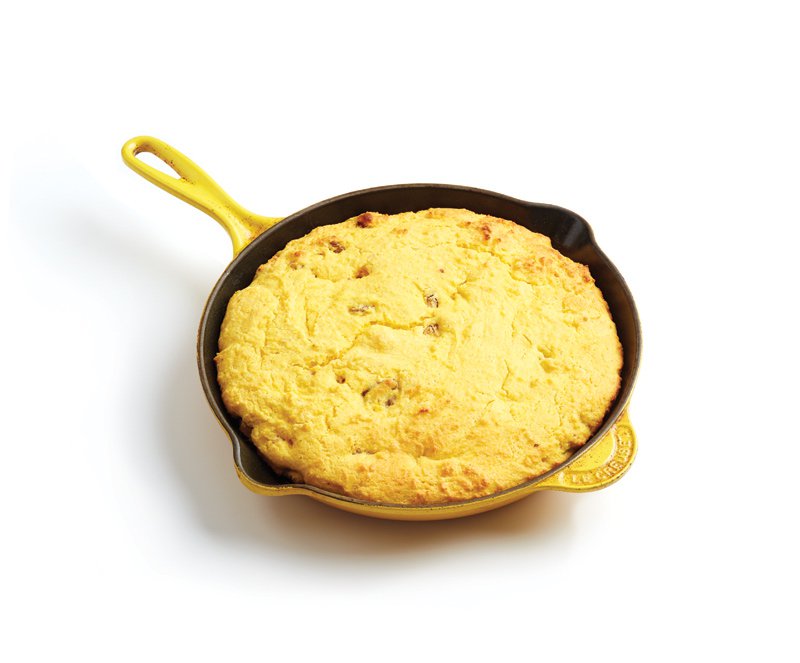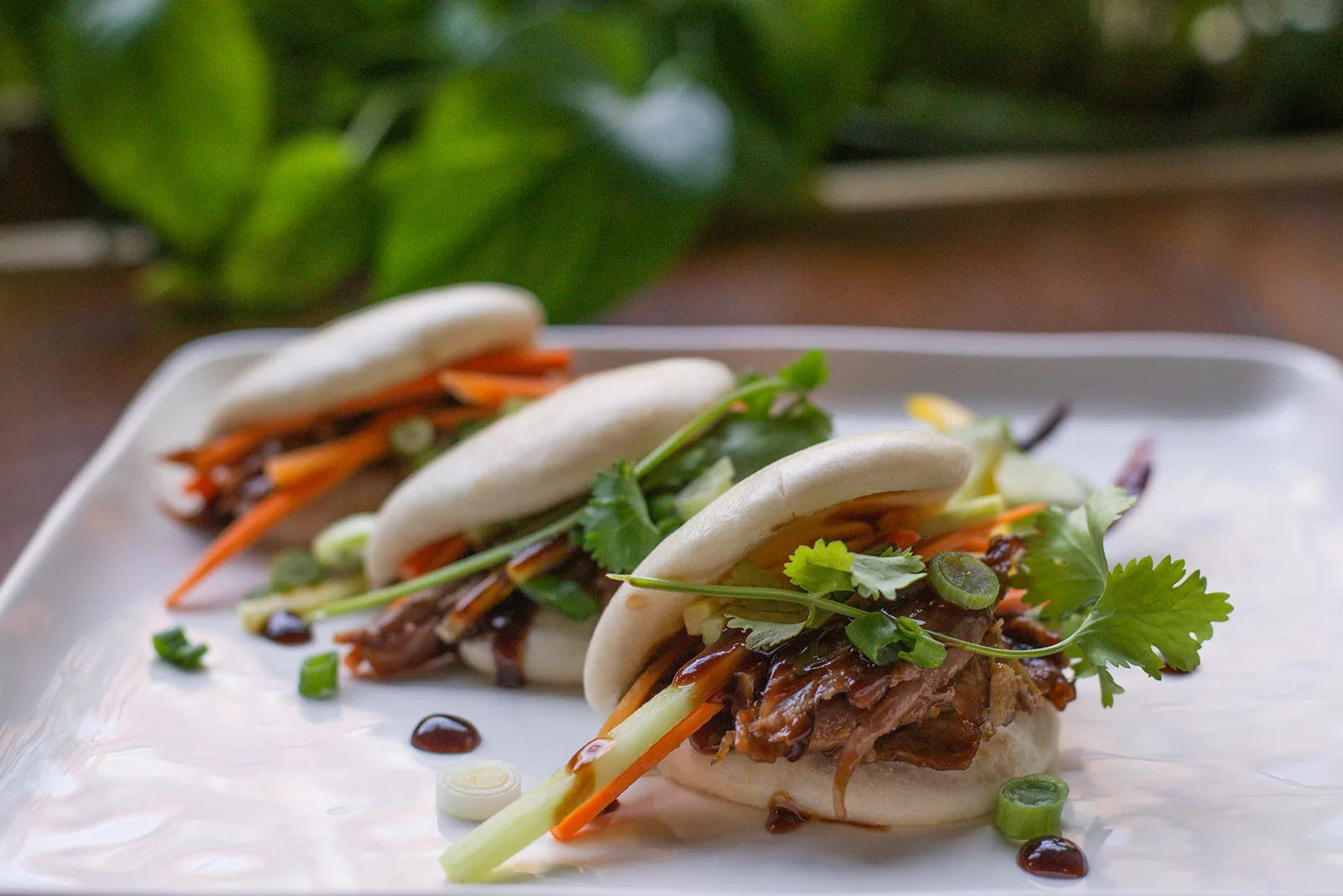The battle for our stomachs and skillets.


There is little agreement regarding cornpone’s provenance, or even its evolution for that matter. Most dictionaries lead with its use as an adjective for anyone or anything lacking sophistication, with only secondary references to it as a foodstuff. Yet discerning the differences between cornbread and cornpone is anything but simple. Some sources trace its creation to the Indians of pre-Colonial America. Others say it is rooted in the Civil War. In fact, somewhat infuriatingly, there is little agreement regarding anything related to cornpone, even whether it is one word or two.
A rustic cousin to cornbread, cornpone recipes vary almost as widely as those for chilis. Some require cooking in an iron skillet, but so do some cornbread recipes. While some cooks define cornpone as having no sugar, milk or eggs, many modern-day cornpone recipes call for them. And while some sources say it’s the shape that makes the difference, the fact is that cornbread and cornpone both can be shaped like muffins, small mounds, or ears of corn. Its variations are many and often whimsical, like the corn dodger that blends properties of both, adding a savory note with the inclusion of onion. Often, cornpone is indistinguishable from cornbread.
Whether or not cornpone was created during the War Between the States remains contested. There is proof positive—by the number of mentions of it in Civil War histories—however, that cornpone was a staple of armies on both sides. “The soldiers made due with cornmeal, water and grease from bacon or salt pork to make a thick batter, which they fried in a pan over a campfire,” says Bill Savage, owner of Pungo Creek Mills on the Eastern Shore, which produces heritage cornmeal, and a Civil War re-enactor who has eaten a fair amount of both cornpone and cornbread. According to food historian Patricia Mitchell, Chatham resident and author of Confederate Camp Cooking, it’s not either-or when it comes to cornbread and cornpone: “Usually, breads called ‘pones’ are also of the simpler ingredients—cornmeal, water, perhaps salt—although some cooks get very creative with the ingredients they put in their cornmeal breadsticks while still calling them ‘pones.’”
Savage acknowledges that you might add milk or eggs or sugar to cornpone, but any more than that, he says, and you end up with cornbread versus cornpone. “You have to remember, the purpose of cornpone was making do with what you have.” Good advice.
Basic Cornbread
¾ cup flour
1 ½ cups cornmeal
4 teaspoons baking powder
1 teaspoon salt
4 tablespoons sugar
2 eggs, beaten
1 ¼ cups buttermilk
¼ cup melted butter
Preheat oven to 400 degrees. Mix dry ingredients. Whip eggs and buttermilk together, add dry ingredients, and pour into greased 8-by-12-inch pan. Bake 30 minutes.
Serves 6
Cornpone
2 cups cornmeal
2 teaspoons baking powder
1 teaspoon salt
4 tablespoons shortening and/or bacon drippings
1 cup milk
Mix dry ingredients. Cut in shortening and/or bacon drippings. Add milk to make a stiff batter. Form into desired shape with hands and place in a greased skillet. Bake in a preheated oven at 425 degrees (or over a campfire) 20-30 minutes.
Serves 6
Cheesy Cornbread
Using basic cornbread recipe, add 1 cup grated sharp cheddar to batter.
Cracklin’ Cornbread
Using basic cornbread recipe, add 1 cup cracklins to batter.









